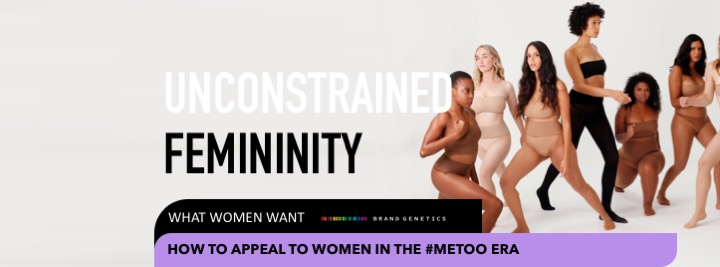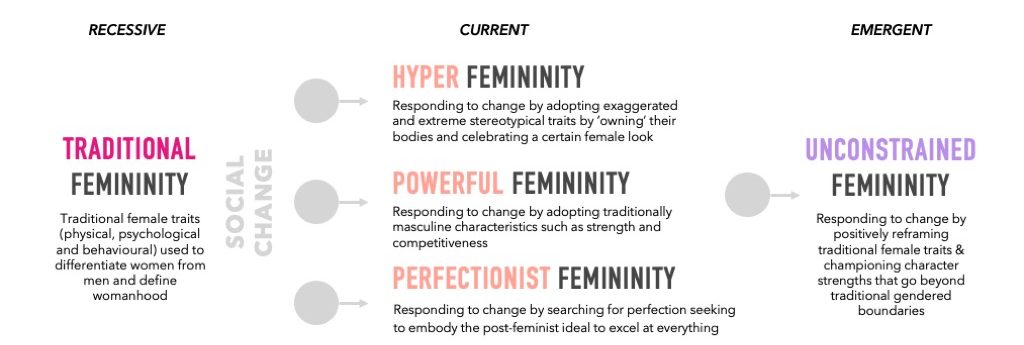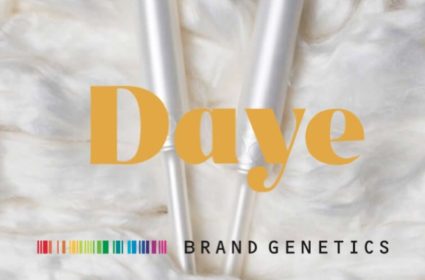How to Appeal to Women: A closer look at Unconstrained Femininity

This article is part of our series on The Future of Femininity. You can view the full series or download the report.
Download ReportIn a #MeToo era, women are increasingly challenging the way ‘feminine’ characteristics are portrayed and the fundamental assumptions that underpin them. This has huge implications for society in general but particularly for marketers.
The latest Brand Genetics insight report seeks to address the question: how is aspirational femininity evolving and, by extension, what are the consequences for female-targeted brands and their brand manager custodians?
Over the past several weeks we have dissected our report findings, diving into the various forms of femininity that are playing out around the world. From Hyper-Femininity – which sees women adopting extreme traditionally feminine traits, to Powerful Femininity – which sees women adopting extreme traditionally masculine traits, we have explored a variety of different expressions of femininity.

Although some have successfully anchored themselves to one of these specific expressions, in doing are have they just creating more stereotypes for women to comply with? Our research found that women don’t want to be restricted by boxes, but instead want broader and more expansive expressions of femininity.
This is why we believe the future of femininity is fluidity and champion the emergence of a new model: Unconstrained Femininity.
Unconstrained Femininity does not reject any of the typologies previously explored, but rather it widens the scope of femininity, enabling women more freedom in choosing the kind of femininity which suits them.
What is Unconstrained Femininity?
Unconstrained femininity seeks to champion every women’s freedom to build on their character strengths, both positively reframing traditional female traits & championing strengths which move beyond traditional gendered boundaries.
Unconstrained femininity leverages positive psychology and builds on the Values In Action (VIA) model which comprises of 24 globally resonant character strengths. While some of these are more aligned to traditionally male traits and others to traditionally female characteristic what unites this framework is that it celebrates human traits. Since research shows us personality is a better predictor of character traits than gender, this model allows women to express their femininity however they want, whether it is traditionally feminine or not.
The brand examples:
There are several brand examples playing in the Unconstrained Femininity space. Firstly, direct to consumer goods brand Heist is disrupting the hosiery category by designing for real woman, using advertising that celebrates femininity in all its varieties. At its heart, Heist champions individual strengths, “it is about letting you be you rather than fitting into a predefined category” says the brand’s head of community, Ellie Howard.
Likewise, Bumble, the app which started with feminist dating is now empowering women to become CEOs. Their 2017 ad campaign is effective because it both challenges stereotypes whilst simultaneously accepting them! It empowers women to make the first move or get to a place of authority at work but also accepting the desire for marriage and perhaps family too. Which is to say, it gives women the ability to choose their femininity without rejecting it. It supports a woman’s right to be in charge of their own destiny – a notion at the absolute core of Unconstrained Femininity.



